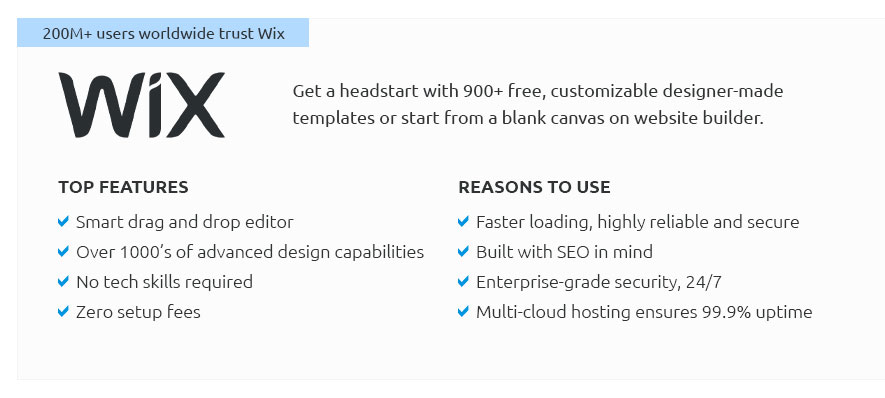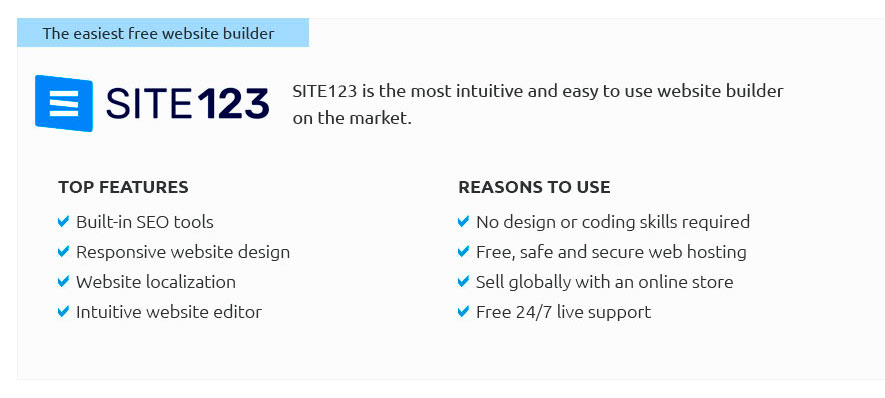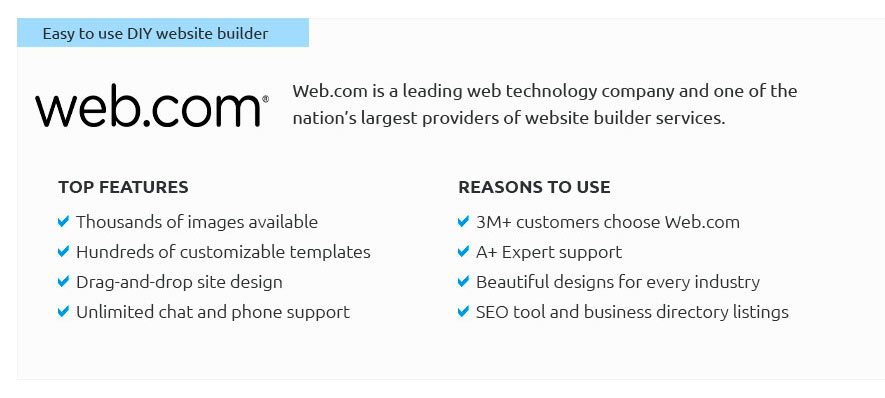 |
 |
 |
 |
|
 |
 |
 |
|
 |
|
 |
 |
|
 |
|
 |
|
 |
 |
How to Build a Website OfflineCreating a website offline can be a rewarding endeavor, offering the opportunity to hone your skills, maintain full control over your project, and work without the need for an active internet connection. While many are drawn to online platforms for their convenience, building a website offline equips you with invaluable knowledge that can be applied to a myriad of digital projects. To embark on this journey, the first step is to choose the right tools and software. Opt for a text editor like Visual Studio Code or Sublime Text, both of which are favored for their robust features and flexibility. These editors provide syntax highlighting and a clean interface that can significantly enhance your coding experience. Next, familiarize yourself with HTML, CSS, and JavaScript, the foundational languages of web development. HTML will structure your content, CSS will style it, and JavaScript will add interactivity. While there is a learning curve, numerous offline resources such as books and downloadable tutorials can guide you through the basics. Once you're comfortable with the languages, start by sketching a layout of your website. Decide on the elements you wish to include, such as a navigation bar, header, footer, and content sections. This blueprint will serve as a roadmap for your design process. After sketching, create a folder structure on your computer to organize your files. Typically, you should have separate folders for HTML files, CSS stylesheets, JavaScript scripts, and images. A well-organized project structure simplifies development and debugging. With your structure in place, begin coding your pages. Start with the homepage, the centerpiece of your website. As you build, regularly preview your work in a browser to ensure it matches your vision. Offline development allows you to experiment freely without the fear of impacting a live site. Don't forget to test your website on different browsers to ensure compatibility. Offline testing tools, like BrowserStack, though primarily online, offer downloadable options to emulate various environments. Once your website is complete and thoroughly tested, the final step is to upload it to a web server to make it accessible online. Tools like FileZilla facilitate the transfer of your offline files to a hosting service.
For those eager to dive into the world of web development, taking the offline route is a commendable choice, promising both challenge and satisfaction. https://support.microsoft.com/en-us/topic/how-to-make-web-pages-available-for-offline-viewing-aa1ada53-1572-562b-c7bc-73fe0845105a
Making a Web Page Available for Offline Viewing - On the Favorites menu, click Organize Favorites. - Click the Web page you want to make available offline. - Click ... https://www.reddit.com/r/Wordpress/comments/tr5fw2/building_a_website_offline/
Im curious about if its possible to build a website offline (on my computer) then upload it to the host later? And will this work with Elementor/Divi? https://kinsta.com/blog/build-wordpress-site-offline/
In this post, we'll explain why you might want to build a WordPress site offline. Then, we'll show you how to do this using DevKinsta.
|